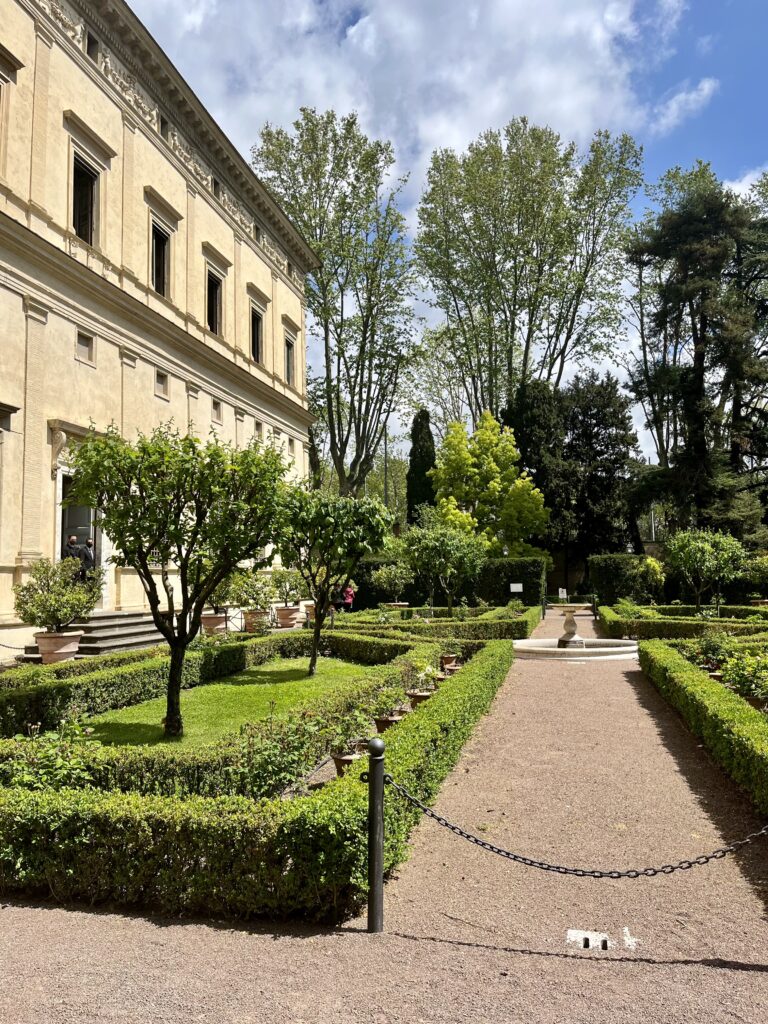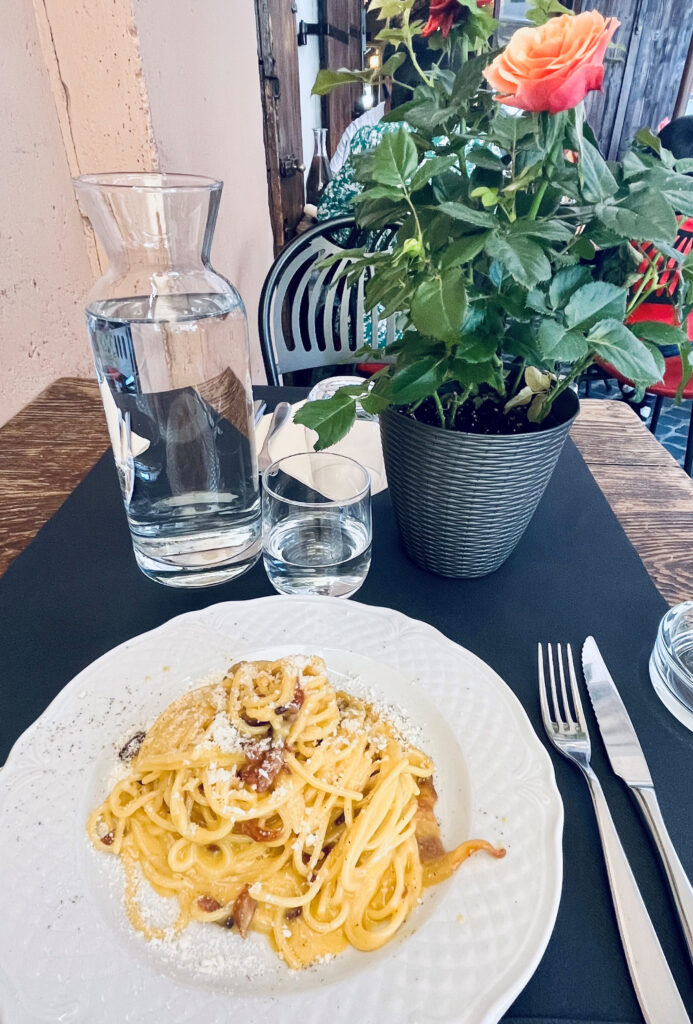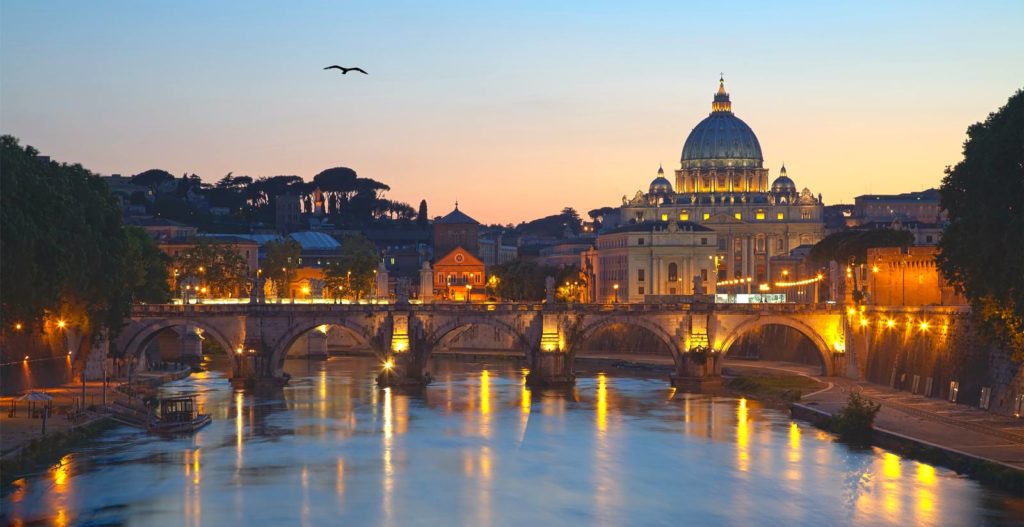Rome Highlights >
The History of the Jewish Ghetto in Rome
Today, the Jewish Ghetto of Rome is a fascinating neighborhood full of beautiful synagogues, delicious kosher cuisine, and a thriving Jewish community. However, the Jewish Ghetto has a long and storied history. As the oldest Jewish settlement in Europe, the neighborhood’s past is full of both triumphs and tragedies.
In order to get a better understanding of the Jewish Ghetto’s significance, let’s take a look at its origins, and how the neighborhood has changed over the centuries.
Establishment of the Jewish Ghetto
Around 2,000 Jewish migrants settled in the neighborhood of the Sant’Angelo District of Rome sometime in the 2nd Century B.C.E. Little is known about the earliest days of the community, however it is believed that the community remained relatively quiet until the decree of Pope Paul IV on July 14th, 1555. On this day, the Pope officially established the neighborhood as the home of the Jewish community and required that all Jewish citizens of Rome live within the confines of the Ghetto.
Following this proclamation, a wall was built around the neighborhood, and the gates were locked every night. Even though the vast majority of Roman Jews already lived around this area, it was also chosen because it was one of the least desirable districts in the city, as the neighborhood was frequently subjected to flooding from the nearby Tiber River.
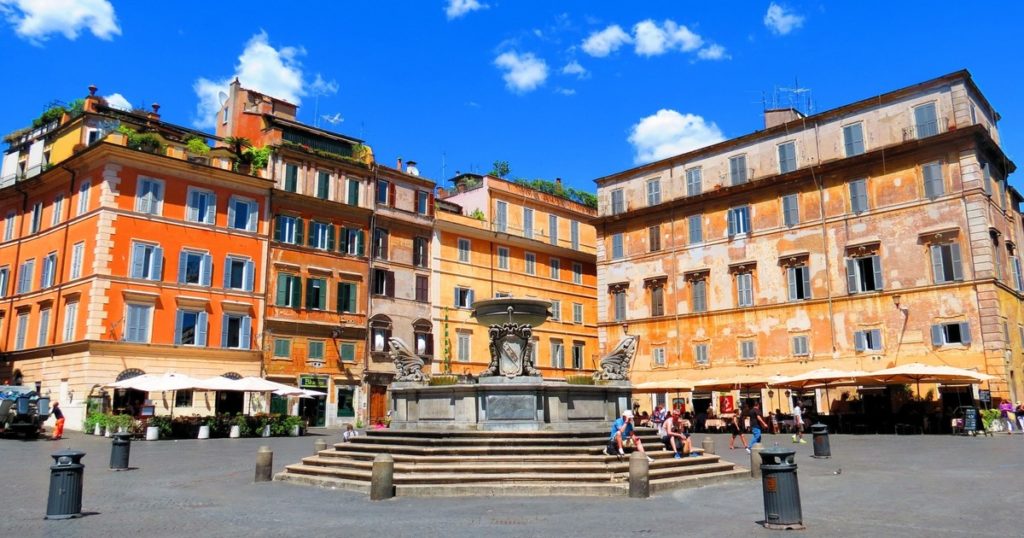
Plaza in the Roman Jewish Ghetto
Early Persecution by the Papal States
As a result of Papal persecution, life was very hard for members of the Jewish community. In addition to flooding, the people of the Jewish Ghetto dealt with poverty, discrimination, and poor living conditions. The laws set out by Pope Paul IV not only segregated the Jewish community from the rest of Rome, but also stripped the Jews of many of the rights accorded to other Roman citizens.
For instance, as of the decree’s passing (known as the “Papal bull”), Jews could no longer own estate, albeit Christians living in the neighborhood still retained ownership of their homes and businesses. Additionally, they were relegated to menial jobs with little pay. Much of the community worked as unskilled laborers, though some were permitted to be pawnbrokers, an occupation that many Christians opposed. This opposition further enraged Christians, and gave rise to violence and persecution of the Jewish people.
Jews were also required to wear special yellow clothes to signify their identity whenever they were outside of the Ghetto’s walls. Not only did this make Jewish citizens the target of harassment and discrimination, but it was also meant to be a symbol of shame, as yellow was the same color worn by most prostitutes at the time. Some Christians of the day refused to recognize the legitimacy of the Jewish faith. As a result, Jewish inhabitants were forced to hear Christian sermons every Saturday, standing outside the Church and listening to the service happening on the other side of the wall.
The inhabitants of the walled-in district also had to make a formal, written request every year for permission to stay in the Ghetto. This required payment of taxes, as well as swearing fealty to the Pope. This was played out as part of a mock ceremony at the Arch of Titus, a monument that was built in honor of the victory at the siege of Jerusalem in 70 C.E. The community rabbi was forced to pay a homage to the Caporione (the City Councillor), and in exchange, the Caporione would beat the rabbi, signifying his approval of the Jews right to stay in the Ghetto for another year.
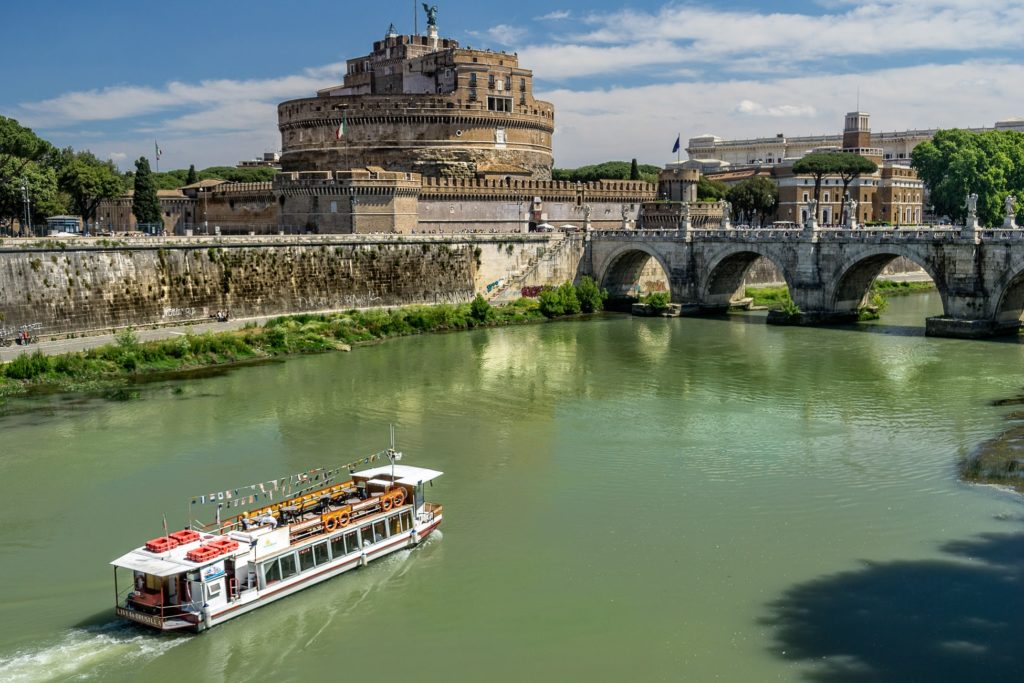
Sant’Angelo District of Rome
Living Conditions in the Jewish Ghetto
Discrimination made life in the Ghetto difficult. Fresh water was inaccessible throughout most of the city in the 1st Century C.E. To deal with this issue, various Popes installed fountains throughout the city. One such fountain was planned for the Jewish Ghetto, but an Italian nobleman successfully petitioned to have the fountain placed in front of his home instead.
There was also limited space within the district walls, and overcrowding quickly became a central issue for the Jewish inhabitants. When they could no longer expand horizontally, they began to build their houses higher, which blocked out the sun for much of the district.
Naturally, this overcrowding caused health issues and diseases to spread rapidly throughout the Ghetto. When the plague hit in 1656, nearly a quarter of the district’s population perished.
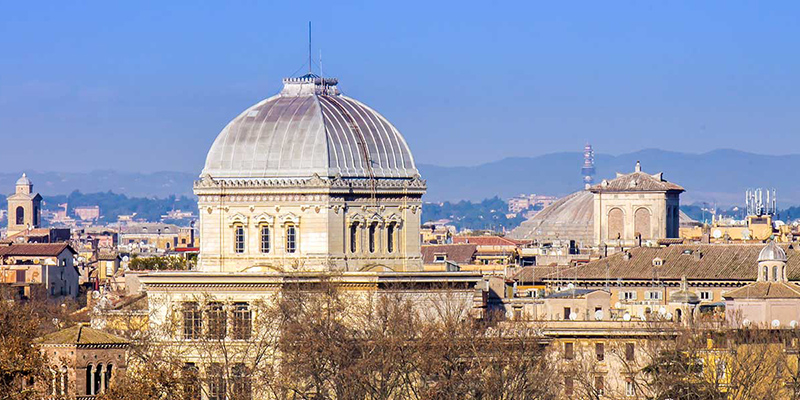
The Synagogue of Rome
Power Struggles and the Rise of the Nazi Party
The Roman Republic was formed in 1798, which shifted power away from the Catholic Church. This, in turn, was a blessing for the citizens of the Jewish Ghetto. The city swiftly enacted legislation allowing Jews to live outside of the Ghetto’s walls. A Tree of Liberty, a common symbol of the fight against tyranny in Rome, was planted in the Piazza of the Five Synagogues. However, the celebration was short lived, as the authority of the Papal States was restored just a year later in 1799. The previous rules and discrimination against the Jewish people were reestablished upon the change in power.
Over the next fifty years, Jews continued to live under harsh conditions in the Ghetto, but tensions rose as anti-Church sentiments took hold. One night in 1847, a group of men living within the walls managed to break the gate down and escape. Three years later, the tax on Jewish citizens was abolished.
Finally, in 1870, the Papal States were dismantled and replaced by the Kingdom of Italy. This period marked an increase in compassion for the Jewish community and the years of persecution that they had endured. The Kingdom of Italy ended the requirement that Jews live inside the Ghetto, and tore down the walls in 1888. Much of the existing Ghetto was destroyed, and was replaced by new apartment buildings and the Great Synagogue of Rome, also called the Tempio Maggiore.
Unfortunately, political turmoil in Europe reignited Jewish persecution in the 20th Century. The rise of fascism and the Nazi Party in Germany saw increased fear mongering against Jewish communities. On October 16th 1943, the Nazis raided the Jewish Ghetto, and 1,259 people were rounded up and loaded into trucks bound for the Auschwitz death camp. Of those people, only 16 survived to tell their story.
The Jewish Ghetto of Today
Today, the people that live and work in the Jewish Ghetto will never forget the persecution of previous generations. However, the neighborhood now serves as a celebration of Jewish culture and cuisine. Many Jewish people of the district even have their own special dialect that developed over half a millennium of isolation. The language is a mixture of traditional Italian and Hebrew known as Giudeo-romanesco.
So, while you are enjoying the wonders and beauty of Rome, you should definitely stop by the Jewish Ghetto to appreciate the culture of the community, and see the memorials commemorating the suffering of previous generations.
